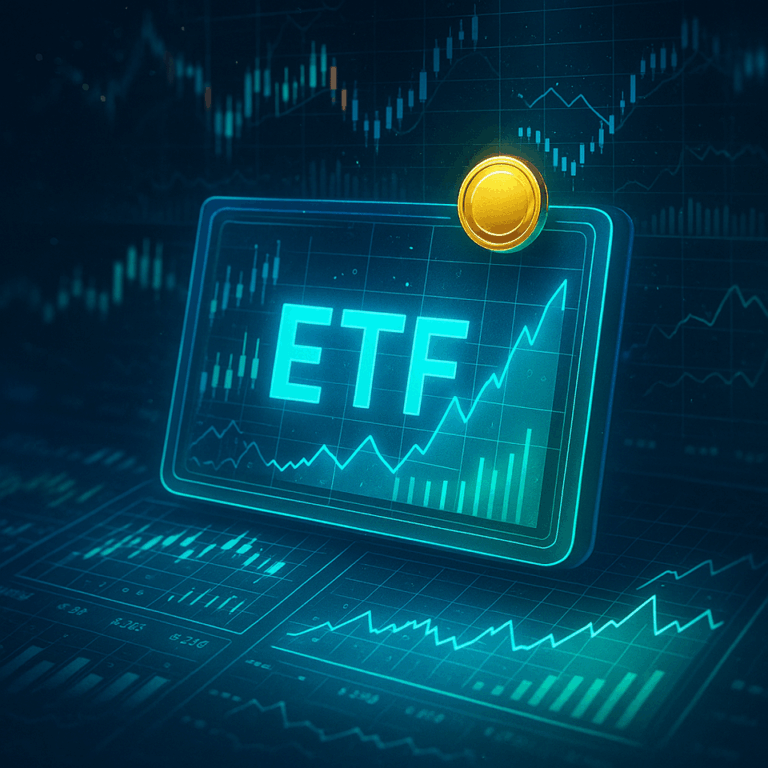The year 2025 represents a defining chapter in the global investment landscape. Technological innovation, shifting demographics, and macroeconomic transformation have redefined how investors build and manage portfolios. What once revolved around traditional stocks and bonds has expanded into a diversified ecosystem that includes digital assets, sustainability-focused funds, and global exposure to emerging sectors.
This evolution reflects a broader shift in investor mindset: moving from short-term speculation toward long-term strategy. With the right balance between growth, stability, and ethics, modern investors are positioning themselves to thrive in an interconnected and data-driven world economy.
Key Investment Themes in 2025
1. Technology as the Cornerstone of Growth
Innovation remains the most powerful driver of global market expansion. Artificial intelligence, clean energy, biotechnology, and automation are at the forefront of investment opportunities in 2025.
AI-driven companies are not only reshaping industries but also optimizing how investors make decisions. Predictive analytics and algorithmic trading systems now provide insights that were once available only to institutional investors. This democratization of technology has made investment decisions faster, more informed, and more accessible.
2. The Continued Rise of ESG Investing
Environmental, Social, and Governance (ESG) principles have moved from niche to mainstream. In 2025, investors are prioritizing sustainability not just as an ethical choice, but as a risk management tool.
Funds focusing on renewable energy, water conservation, and responsible corporate governance continue to outperform in many markets. ESG data transparency, standardized reporting, and regulatory incentives are fueling global adoption, making sustainable investing one of the most resilient and profitable long-term strategies.
3. Diversification Beyond Traditional Assets
The definition of diversification has expanded dramatically. Beyond equities and fixed income, investors are exploring commodities, infrastructure projects, private equity, and tokenized assets.
Real estate remains a pillar of stability, particularly in regions undergoing urban expansion. Meanwhile, blockchain technology has enabled fractional ownership of high-value assets, from fine art to commercial properties, allowing broader participation in markets once limited to institutional players.
In 2025, well-diversified portfolios are not only geographically spread but also sectorally and technologically balanced.
4. The Impact of Geopolitical and Economic Shifts
Globalization has entered a new phase marked by regional partnerships and economic resilience strategies. Supply chain diversification, trade realignments, and new trade corridors are influencing capital flows.
Investors are paying close attention to macroeconomic indicators such as inflation trends, interest rate policies, and fiscal reforms. Emerging economies in Asia, Latin America, and Africa are becoming key growth centers, offering opportunities in infrastructure, energy, and technology sectors.
At the same time, developed markets remain crucial for stability, especially as they continue leading innovation in green technology and digital finance.
5. The Integration of Digital Assets into Mainstream Portfolios
Digital assets have matured significantly by 2025. While the speculative era of cryptocurrencies has faded, blockchain-based investments are now part of diversified financial strategies.
Stablecoins, tokenized securities, and decentralized finance (DeFi) protocols are creating new avenues for liquidity and yield generation. Institutional adoption has accelerated due to clearer regulations, audited reserves, and integration with traditional banking systems.
Investors are now viewing digital assets as complementary tools within larger portfolios—balancing innovation with controlled exposure.
The Role of Artificial Intelligence in Portfolio Management
Artificial intelligence has revolutionized investment management. Advanced algorithms analyze real-time data, detect patterns, and predict potential risks and opportunities across global markets.
AI-driven tools offer personalized portfolio recommendations, adaptive risk assessments, and automated rebalancing. In 2025, both institutional and retail investors rely on AI for continuous optimization, helping to reduce emotional bias and enhance decision-making accuracy.
However, the growing influence of machine learning also raises questions about transparency and ethical use. Regulators are working to ensure that AI-driven systems maintain accountability, fairness, and data privacy.
The Importance of Risk Management and Resilience
Volatility remains an inherent part of investing. In a rapidly evolving world, risk management has become as important as return generation.
Diversification across asset classes, regions, and industries helps investors weather market fluctuations. Many are also adopting dynamic allocation models—strategies that adjust exposures based on macroeconomic conditions, interest rates, and geopolitical developments.
In addition, hedging instruments such as options, futures, and inflation-linked securities play an essential role in protecting long-term portfolios from sudden shocks.
Behavioral Shifts Among Investors
Investor behavior in 2025 reflects greater awareness, education, and long-term discipline. Financial literacy initiatives, online platforms, and interactive tools have empowered individuals to make informed decisions without relying solely on intermediaries.
Retail investors are increasingly prioritizing:
-
Sustainability over speculation
-
Diversified portfolios over concentration risks
-
Long-term planning over short-term profit-taking
Institutional investors, meanwhile, continue refining data analytics and sustainability integration to align profitability with social responsibility.
The Global Outlook for 2025 and Beyond
The investment landscape is defined by cautious optimism. While inflationary pressures, currency fluctuations, and regulatory uncertainty persist, strong corporate earnings, technological advancement, and policy coordination are supporting global market stability.
Sectors expected to lead in 2025 and beyond include renewable energy, cybersecurity, biotechnology, and digital infrastructure. These industries align with long-term economic trends and global development goals, providing steady growth opportunities for forward-thinking investors.
Emerging technologies such as quantum computing and decentralized finance are poised to create entirely new asset classes, further expanding the scope of investment possibilities.
Financial Inclusion and Democratization of Investing
Another key development is the growing accessibility of investment tools. Fintech platforms, fractional shares, and digital advisory services have lowered barriers to entry, enabling individuals from all income levels to participate in global markets.
This democratization of investing is reshaping financial culture. More people now view investing as a long-term journey toward wealth stability rather than a speculative game. Combined with AI-driven education and transparency, this trend is strengthening financial inclusion worldwide.
Conclusions
Investing in 2025 is defined by innovation, diversity, and responsibility. The intersection of technology, sustainability, and global collaboration has created a financial ecosystem more dynamic and inclusive than ever before.
Investors who embrace change—while maintaining disciplined strategies and awareness of risk—will be best positioned to succeed in this evolving landscape.
The essence of successful investing remains timeless: patience, diversification, and adaptability. As markets grow increasingly interconnected, those principles, enhanced by modern technology, will continue to guide individuals and institutions toward long-term financial resilience and prosperity.







